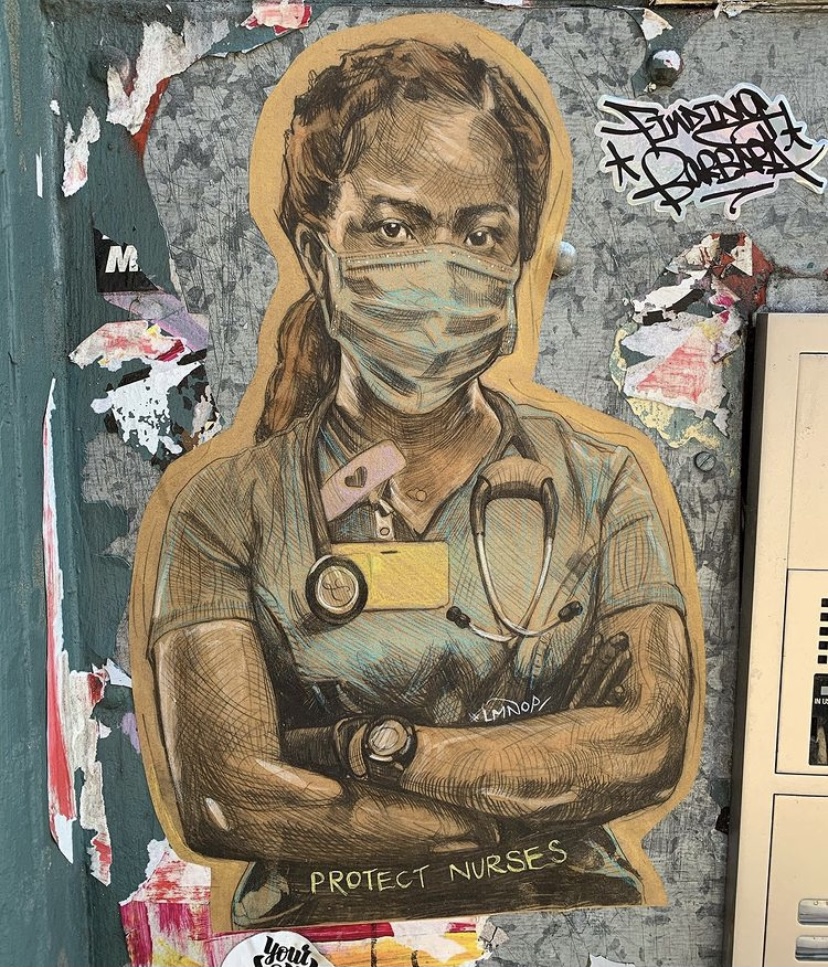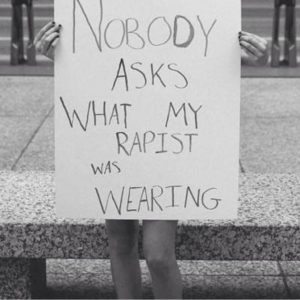We need to address colorism in the therapy room if we hope to start healing as a nation
When I was in second grade, a classmate approached my desk.
“You’re brown,” he declared, his face contorted with repugnance. I turned and we locked eyes. He was brown like me, maybe a shade lighter. I was shocked. In cursing my brown skin, he was proclaiming his hatred of his own, the complete opposite of the pride I was raised to feel in my heritage.
This entire exchange lasted only three seconds, yet it held the expansive weight of generations of American colorism, a form of discrimination based on the darkness of one’s skin tone. It’s related to racism but also distinct: while all Black people experience discrimination due to the racial category in which they fall, for example, the magnitude, prevalence, and end result of that discrimination will differ greatly by skin tone. The ubiquity of colorism impacts all people of color, cutting across groups of racial and ethnic minorities in America.
This entire exchange lasted only three seconds, yet it held the expansive weight of generations of American colorism, a form of discrimination based on the darkness of one’s skin tone.
That childhood moment followed me into my adult career as a clinical psychologist specializing in trauma, where colorism comes up regularly with my BIPOC clients, but not with my white ones. And after a traumatic year for everyone that disproportionately caused suffering in minority communities, from police violence to COVID deaths to anti-Asian hate crimes, conversations about colorism must be part of the healing process, even -- especially -- in majority-white spaces.
We cannot be anti-racist without being anti-colorist, and we cannot grapple with colorism as a society unless white people -- who make up the majority of mental health professionals here -- join the conversation.
Colorism research has consistently demonstrated that lighter-skinned people of color are privileged in areas of income, education, and housing, even when controlling for other variables. For example, lighter skinned people of color earn more money, complete more years of schooling, and live in wealthier neighborhoods compared to darker skinned people of the same ethnicity. In America, people will opt to hire a lighter skinned person before a darker skinned person of the same race (Hunter, 2007). Most people are not even conscious of this preference for lighter skin; it is deeply ingrained in the systematically racist foundation of American culture.
We cannot be anti-racist without being anti-colorist, and we cannot grapple with colorism as a society unless white people -- who make up the majority of mental health professionals here -- join the conversation.
I’ve found that my work with BIPOC clients deepens when colorism emerges in the psychotherapy process. It’s an experience of mutual understanding about the social/interpersonal/economic consequences of colorism. We talk about how colorism has impacted their life, their relationships, their view of self and others. We talk about the similarities and differences of our appearances and how that impacts the relational dynamics in the therapy process. This is undergirded by a shared knowing around the peril that comes along with existing in non-white skin in America.
With white clients, the dialog of colorism seldom emerges. What surfaces more frequently is a mixture of them sharing their anti-racist activism and expressed white guilt around race.
Psychology as a discipline is attempting to reckon with a past whose theoretical foundations were built by white, Western European men...
But whether or not white clients speak openly about colorism, it’s present in the room, and it’s an ethical responsibility for therapists to acknowledge how psychological theory, research and clinical practice has been impacted. Psychology as a discipline is attempting to reckon with a past whose theoretical foundations were built by white, Western European men, the majority of the burden has been shouldered by BIPOC clinicians. Just last year, a group called Disrupt the Silence, including BIPOC and white clinicians, formed to speak out and change the status quo. But it’s still a reckoning that primarily exists in therapeutic relationships that include BIPOC therapists and clients.
I imagine that it’s easy for white therapists to avoid talking with their white patients about being white, but they need to start doing it. In her 2019 paper, “Whiteness on the Couch,” clinical psychologist Natasha Stovall writes, “The couch in my therapy office is occupied mostly by white people. We talk about everything. Except being white.” She asserts that the field of psychology essentially reflects “the psychology of whiteness.”
Creating space for these conversations in therapy feels like a duty, as if not doing so would represent a form of collusion with racist power structures.
But the current political climate and barrage of news stories spotlighting racist behavior, narratives and hate-crimes puts issues of race and colorism front and center for all of us. Creating space for these conversations in therapy feels like a duty, as if not doing so would represent a form of collusion with racist power structures.
We’ll never create a more just society unless everyone addresses their complicity in upholding its current structure. That includes therapists.
About Us
At Center Psychology Group in New York, we specialize in providing compassionate and evidence-based therapy tailored to your unique needs. Whether you’re seeking EMDR therapy, Somatic Experiencing, or integrative trauma-informed psychotherapy, our experienced team is here to support you. Learn more about our services and how we can help you on the path to healing. Ready to take the next step in your healing journey? Book a free 15-minute phone consultation here.





